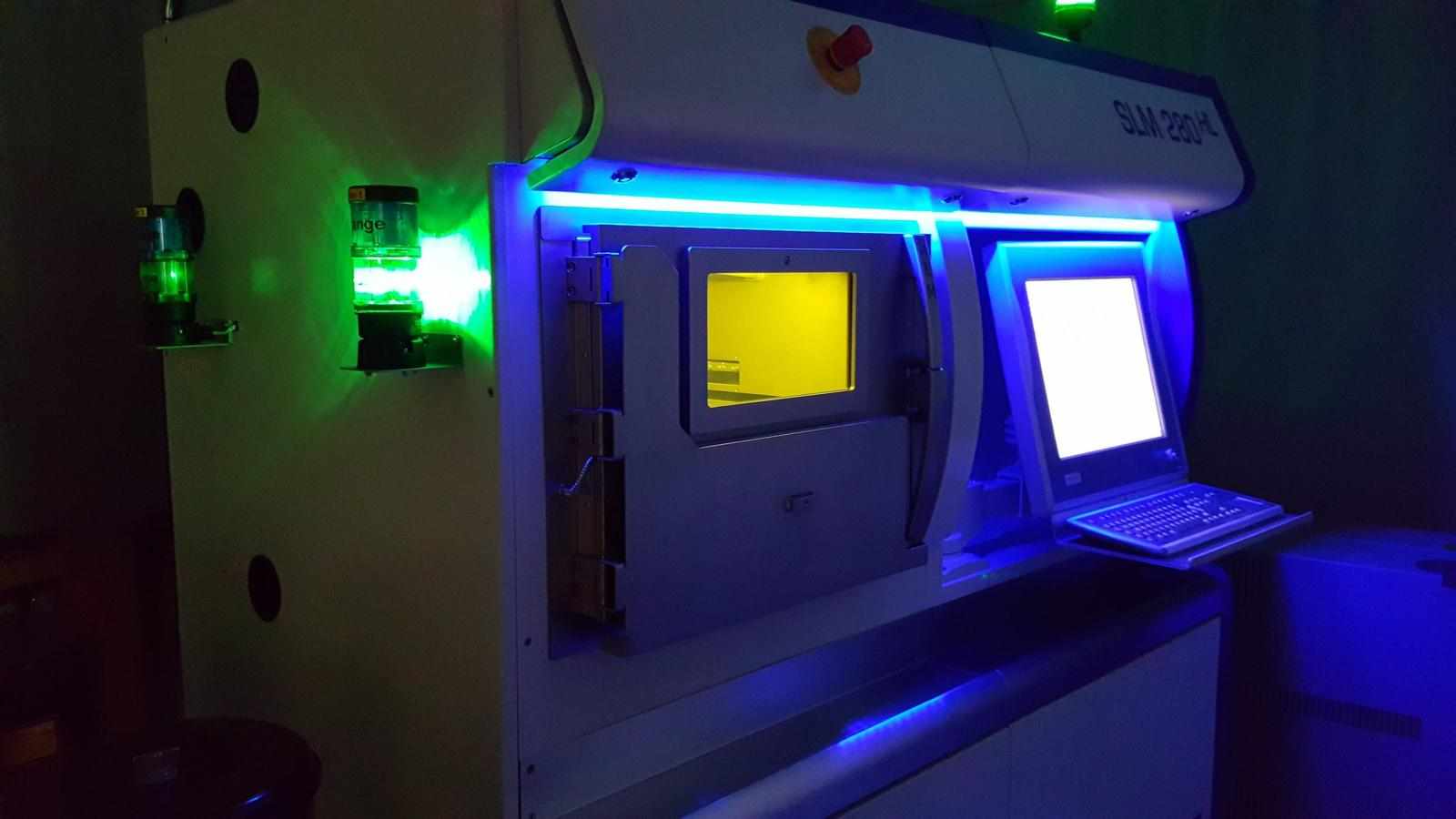At its core, additive engineering embodies the principle of layer-wise fabrication, where digital designs are sliced into thin layers and sequentially built upon each other. This method contrasts sharply with subtractive manufacturing, where material is removed from a solid block to form the desired shape. By eliminating the need for molds, dies, or tooling, additive engineering offers unparalleled flexibility and customization, allowing for rapid prototyping and on-demand production.
One of the key advantages of additive engineering lies in its design freedom. Traditional manufacturing techniques often impose constraints on geometry and complexity due to the limitations of machining or molding processes. In contrast, Additive Manufacturing Company enables designers to create intricate structures with unprecedented precision and detail. This freedom empowers engineers to explore innovative solutions and optimize designs for performance, functionality, and aesthetics.
Furthermore, additive engineering promotes sustainability by minimizing material waste. Unlike subtractive methods, which generate significant scrap material, additive manufacturing only uses the precise amount of material required for fabrication. Moreover, it facilitates the utilization of recycled or biodegradable materials, reducing environmental impact and promoting a circular economy. As sustainability becomes increasingly crucial in modern manufacturing, additive engineering offers a compelling solution to mitigate resource depletion and pollution.
The versatility of additive engineering extends across a diverse range of industries, from aerospace and automotive to healthcare and consumer goods. In aerospace, for instance, additive manufacturing enables the production of lightweight components with complex geometries, leading to fuel efficiency and performance enhancements. Similarly, in healthcare, 3D printing has revolutionized the fabrication of patient-specific implants, prosthetics, and medical devices, offering personalized solutions and improving patient outcomes.
Moreover, additive engineering has democratized innovation by lowering barriers to entry and fostering a culture of experimentation. With affordable desktop 3D printers and open-source software, enthusiasts, entrepreneurs, and hobbyists can turn their ideas into reality, driving grassroots innovation and disrupting traditional supply chains. This democratization of manufacturing empowers individuals and small businesses to compete on a global scale, fueling entrepreneurship and economic growth.
As additive engineering continues to evolve, researchers are exploring new frontiers and pushing the boundaries of what's possible. Emerging technologies such as bioprinting, which utilizes living cells to create tissues and organs, hold immense potential for regenerative medicine and personalized healthcare. Likewise, advancements in materials science, including the development of high-performance polymers, ceramics, and metals, expand the applications of additive manufacturing across industries.











.png)


Write a comment ...